Solid wooden clutches handmade by Tesler + Mendelovitch
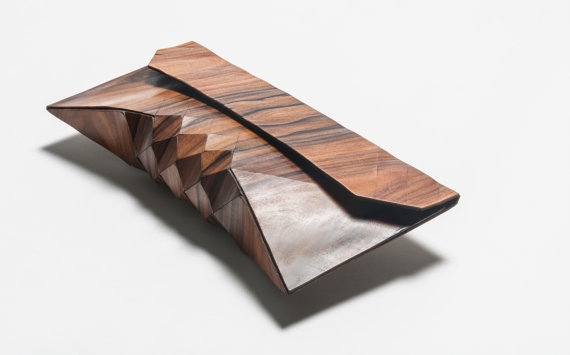
Orli Tesler and Itamar Mendelovitch, both 31, are a textile team who research and develop new concepts and materials for industry alongside artistic endeavours from their studio in Tel-Aviv, Israel. Both have a BA in textile design from Shenkar College, where they met, and their individual qualities have been complimenting their work ever since.
When was the brand created, and what was the inspiration behind it?
It’s hard to say. We met in the first week of our studies and became friends very quickly. We both held polarising design philosophies. Itamar is very methodical and precise, while I have always worked more impulsively, letting the design process take care of itself. After realising that these opposites worked well together, we quickly began collaborating on different projects. Officially we launched our first series of furniture in September 2012, about a year after graduating.
Please tell us about the creative process that went into your current collection. What techniques were used?
While we were taught to work with sketchbooks and inspiration boards at school we never really got used to working that way. A lot of our process is messing around in the studio with different techniques and materials, till we find something that looks like it has potential. Wearable wood was something that happened in school in our third year. We were taking classes in plastics and fiber science and decided one day to bring a whole mess of hard materials such as metals and wood to the workshop and thought how cool it would be to make hard materials soft and soft materials hard. We had also taken origami that year and the two just seemed to mesh well together. We began a series of folding techniques on the wood, seeing how far it could bend till we came up with a way to hold the wood in place without breaking as we folded it.
What are a few of your likes and dislikes in terms of design and style aesthetic?
We like to maintain clean lines. Because we interfere with the material so much it is important to keep the overall look as simple as possible. The same could be said for our dislikes. “Over designing” something can be detrimental to a designer. It’s easy to do, we have done it ourselves in certain instances – experience and a critical eye help to refrain from doing that.
How did you reach this shape of clutch? Why?
We started with a totally different shape and created a geometric line of wooden suitcases and shoulder bags- each piece took days to make. We still have the line and will release it eventually but we decided to simplify the shape a bit more by making long sheets of our wearable wood material and then bending and folding it till we came up with a result that we were happy with.
How did you get into wood works?
We both have always had a close connection to wood as an organic material. We feel that wood helps connect the body to nature and is very Zen. Every material gives off a certain vibration or chi. We tried to make the clutch feel good, not just look good. We hope that people who wear our clutches feel the same way.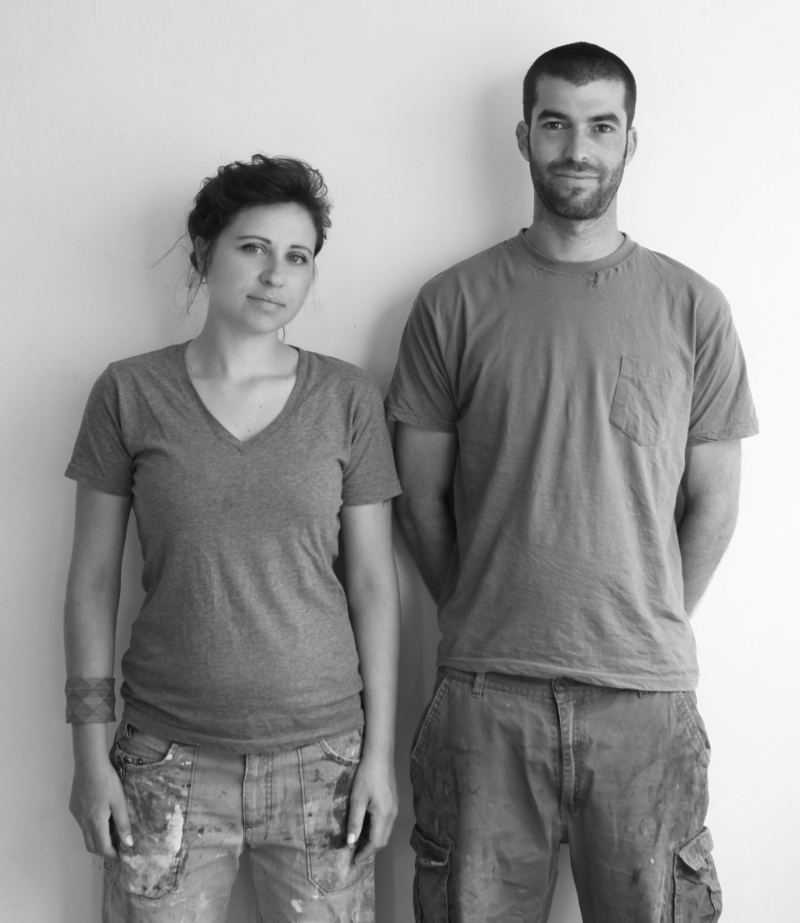
How do you go about choosing the different woods and colourings?
We both have our own personal favorites which we knew right away that we wanted to work with. Each wood has it’s own personality and it’s great how much the wood type changes the product itself. For instance our “African clutch” is almost the odd one out in the series as it has such a different color and grain to the rest and it’s usually a very specific type of client who will choose African walnut.
Where would you most like to see you work sold?
We would love to see our work in countries that have been a huge source of inspiration for us: Japan, Netherlands, UK and the United States.
What is your favourite era for design and why?
We would say the Utility era of WW2. It’s kind of a grim subject but the majority of materials at the time became scarce due to a halt on trade, producing the need to ration. We like the idea of going back to basics and creating something out of almost nothing.
What has been the highlight of your career so far?
I think for any designer it’s seeing people in the street wearing your work! We can’t get over how cool that is!
Who would you most like to collaborate with?
We have been talking a lot about footwear lately, since making shoes is such a masterful profession- we think that collaborating with a shoe designer would be incredible.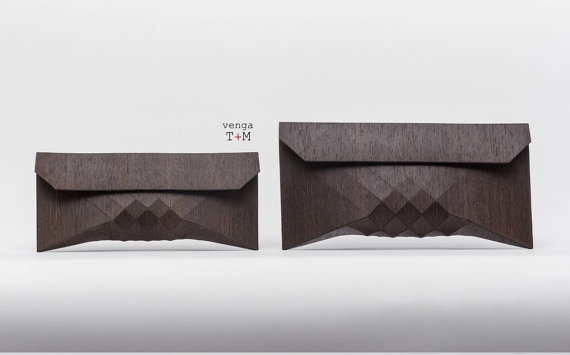
How would you describe your personality, and is this reflected in your work?
We are both polar opposites as I mentioned before. We are very different but very alike at the same time. We are both serious about our work and are a bit rebellious. We don’t take well to authority, that got us in trouble at school many times. I would say you can see our serious side in the mathematical lines of our work and our rebellious side in the unconventional way that we work.
Can fashion and accessories double up as artwork?
For sure. Art can be wearable and useful. The boundaries between what is art, what is design are getting blurred so much these days – we are all becoming multi-disciplinary designers which is a great thing. When you have a certain background in something, let’s say-graphic design and you decide one day to create fashion – the results will always be fascinating because the point of view is so different.
What are your favourite things about your job? Any negatives?
We are very appreciative of the fact that we do what we love. It’s all we have ever wanted to do. It is a privilege and we try to never take it for granted. The down side – like any business owner, you are your own boss which gives you a lot of freedom but with that comes a lot of responsibility and sometimes you need nerves of steel. Thankfully we balance each other out in that aspect. One is as neurotic as can be (Orli!) and one is steady as a rock. Thank goodness.
Have you any plans for the future? When can we expect your next collection and where do you hope to be in five years?
We are working on several projects at the moment, carbon fiber and other smart cloths, developing new weaving techniques and more furniture.
Hopefully in five years we will have established a “think tank”: a prototype development studio to not only support our own work, but that of other companies as well. We love prototyping and experimenting, so hopefully one day soon we’ll establish our own design laboratory.
Elizabeth Finney
To visit the Etsy shop click here.

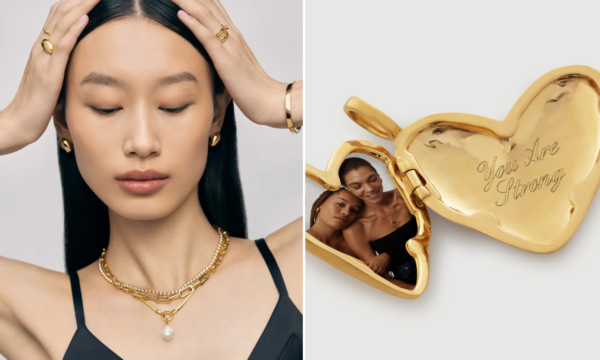


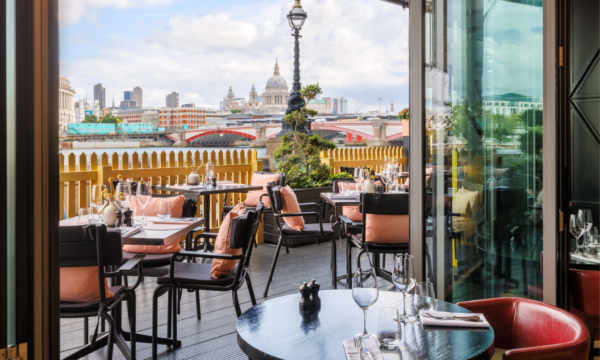

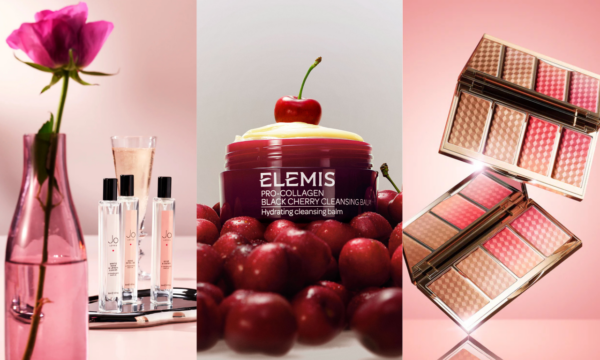
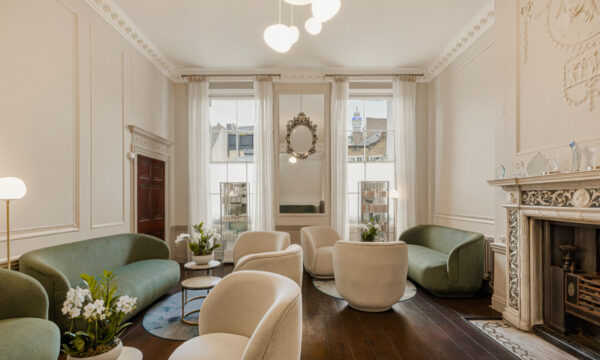
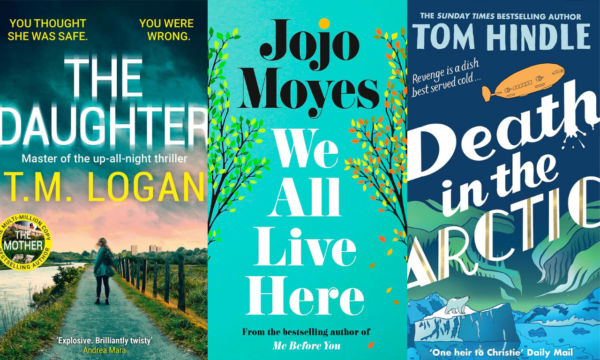











Facebook
Twitter
Instagram
YouTube
RSS